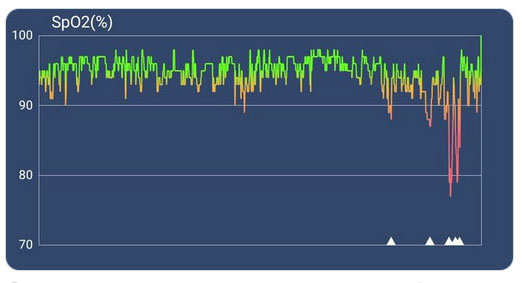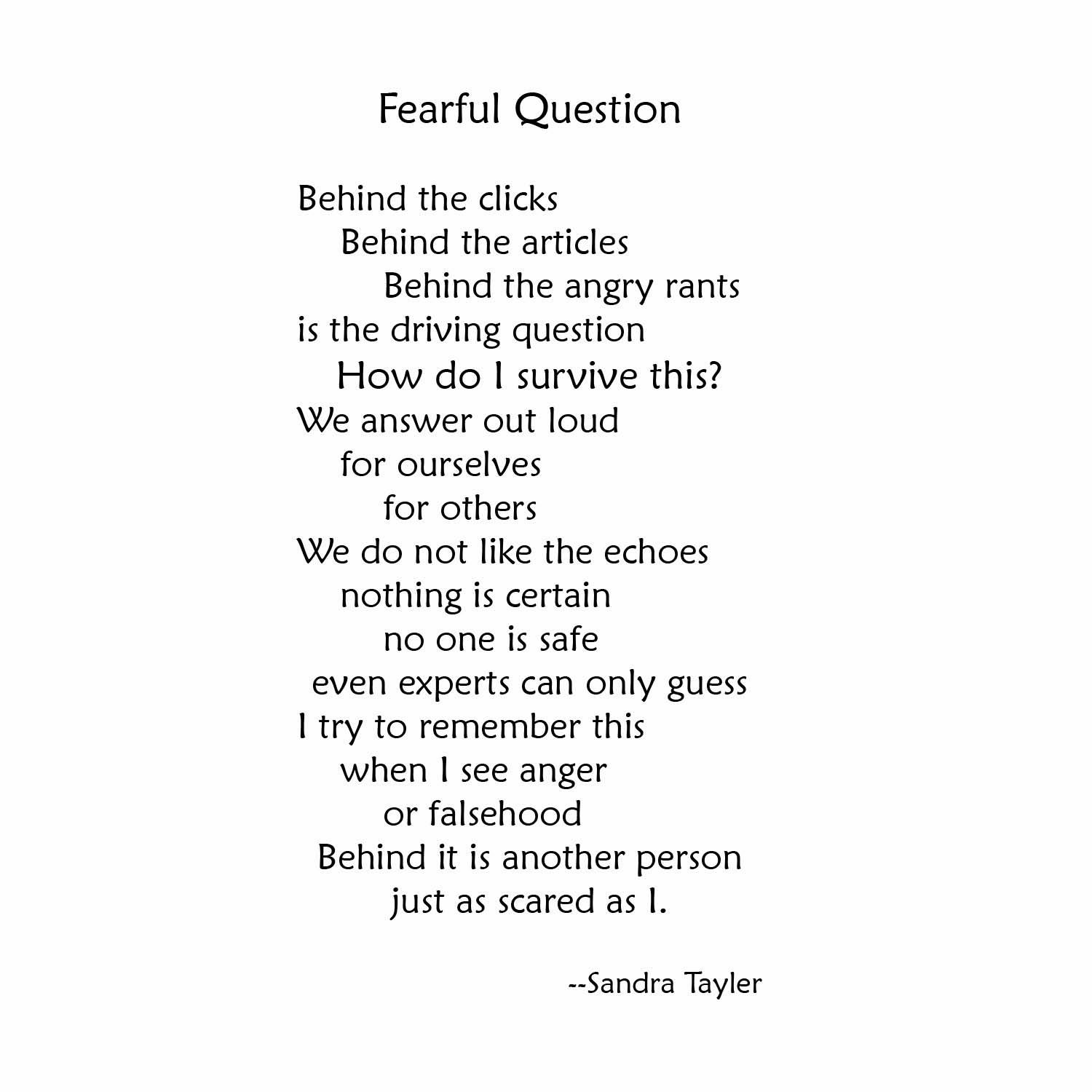All the days feel longer now than they used to. That isn’t just my perception, I’ve seen similar statements from many friends online. My way of describing it is that time comes in days now instead of being packaged into hours and minutes. Even after two months of this adjusted mode of living, the days can feel very long. Then I realized there is some science to explain it. The first piece is explicated in this article about how movies have changed from 1930 to now. There are several ways, but the most relevant to this discussion is that in 1930 the average length of a shot was 12 seconds, today the average length is just 2.5 seconds. Every time a shot changes it triggers an instinctive part of our brain that is designed to assess new situations and look for dangers. Changing scenes more often keeps triggering that portion of our brains and thus holding our attention by grabbing it over and over. Another example of his is the fact that our brains reset when we walk through doorways. This is why you can enter a room and not know why you came there, but if you go back to where you were before you remember. The passage through a doorway resets the brain so it is ready to assess and deal with a new scene which contains possible new dangers.
Life before pandemic was often split into segments. Travel time to work and back again, dropping off kids or picking them up, running to the store for a single missing ingredient, each of these things served in our minds as a scene change, a re-set. We knew the scene changes were coming, and they put time constraints on our other tasks. Hurry and finish sending the email before you have to go pick up the kid. Cook dinner now because the movie starts in an hour. That tiny rush to finish, and the tiny triumph of completion, put adrenaline and a sense of accomplishment into the day. Because completing a task had adrenaline attached, it registered in our memory. There is clear science that adrenaline can improve memory retention.
Pandemic living is different. I don’t have the appointments or the transitional time. Task completion is not being registered in my brain the same way. Also I used external structures, such as school drop offs and pick ups, to provide urgency to tasks. I used to joke “give me 10 things to do and an hour to do them, and I’ll get them all done. Give me all day to do one thing and it won’t happen.” Which was true when I was depending on urgency as my source of motivation. It turns out that when I spent long enough without those external structures, I learned that urgency isn’t the only source of motivation, nor even the best one. I feel a lot less productive because my mind isn’t registering all those just-before-the-deadline task completions. Yet if I measure actual progress on projects, things are moving along at a rate that is possibly faster than I was maintaining before.
There is a hidden cost in using interruption to create task urgency. It also disrupts focus and creative flow. If I’m having to keep my eye on the clock to do a school pick up, there is a piece of my brain that is distracted from the work I’m trying to do. Even if I use an alarm so my brain is un-distracted, there are the scene changes of getting in the car, driving, talking to the kid, and returning home. When I get back to the house I might be able to remember what I was doing, but picking up the pieces and re-focusing is not the same as not being interrupted. With pandemic living I’m flowing from task to task and back again. When I finish something it isn’t an event. I just move on to the next useful thing I can do. In fact, that is how I direct my days, by asking “what useful thing could I do with my time right now?” This question has me getting things done even in the absence of deadline pressure.
There is a lot more for me to think about here, because this is a fundamental change in how I thought it was necessary to run a creative life. It runs counter to advice I’ve given for years in my presentations on structuring life to support creativity. I had a deadline and urgency bias that I didn’t even realize was there. What else have I been biased about? I’m also wondering how my experiences with accomplishing tasks on pandemic time would be different if I had ADHD or full-fledged OCD, both of which have significant effects on how people relate to necessary tasks. There might be people for whom urgency is really the best option to motivate. For now, my approach seems to be working. I like the change in how I think about organizing my life. Even though all of the days feel so much longer than they used to. In fact there is a strange benefit in the longer-seeming days. Because my days feel longer, I’m less anxious about running out of time to do things. I find it easier to let things go because I’ll have time for them later. My brain actually believes there will be time because it has spent a lot of time thinking “wait it’s still Tuesday?”
Yes it is still Tuesday. Tuesday has a lot of time in it. All days do. And we’re gifted with that allotment every day of our lives. Pandemic hasn’t changed the allotment of time, which is why I find it so fascinating that re-arranging the use of time changes my experience of the passage of time so dramatically.

